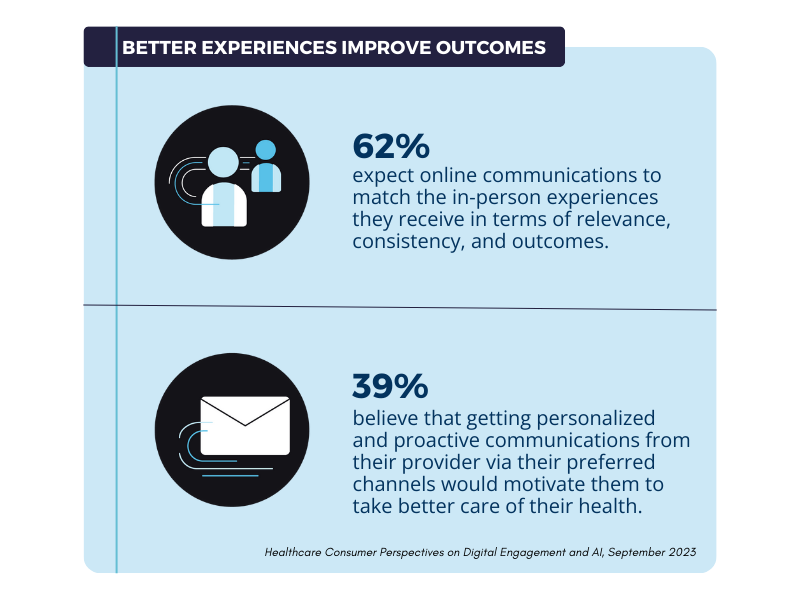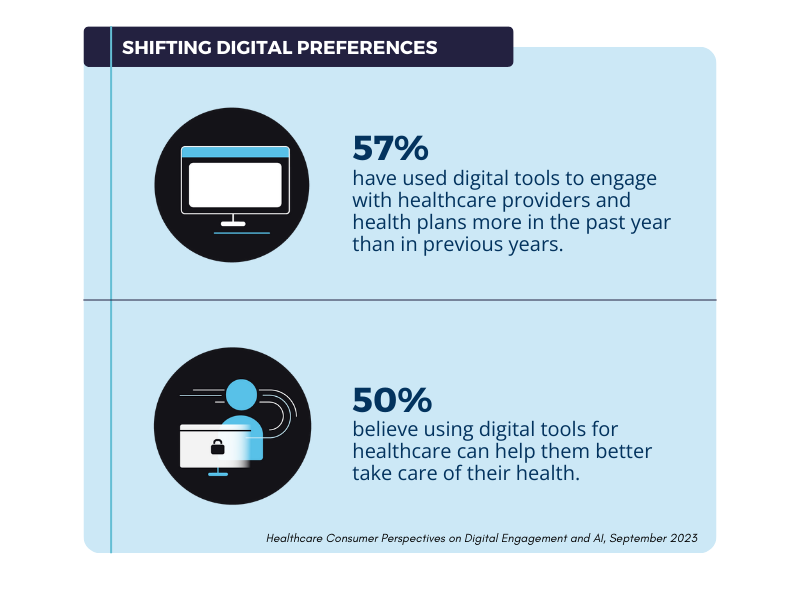HIPAA compliant email archive migration is the secure transfer of stored healthcare email communications from one system to another while maintaining encryption, audit trails, and regulatory compliance throughout the data movement process. Healthcare organizations undergo email archive migration when changing service providers, upgrading systems, or consolidating multiple email platforms into unified solutions. The migration process requires careful planning to ensure that years of patient communications remain protected during transfer and that all regulatory requirements are met without compromising data integrity or accessibility.
Data Integrity Preservation During System Transitions
Email archive migration projects must maintain complete fidelity of original message content, metadata, and attachment files throughout the transfer process. Hash verification algorithms create digital fingerprints of each archived email before migration begins, enabling healthcare organizations to confirm that every message transfers without corruption or alteration. Checksum validation procedures verify that attachment files, embedded images, and formatting elements remain intact during the migration process, preventing data loss that could compromise patient care or legal compliance.
Timestamp preservation ensures that original email dates, delivery confirmations, and read receipts transfer accurately to new archive systems. These temporal markers provide critical evidence for legal proceedings, regulatory audits, and clinical timeline reconstruction activities. Migration procedures must maintain original sender and recipient information, including any forwarding history or reply chains that document patient communication patterns over time.
Metadata retention includes preserving security classifications, retention tags, and compliance markers applied to archived emails in source systems. Custom fields, user-defined categories, and workflow status indicators must transfer to new archive platforms to maintain organizational knowledge and search capabilities. Healthcare organizations conducting HIPAA compliant email archive migration recognize that losing metadata can render archived communications significantly less valuable for clinical reference and legal discovery purposes.
Version control mechanisms track any changes made to archived emails during migration processes, creating audit trails that demonstrate data handling compliance. Backup verification confirms that original archive copies remain available throughout migration activities, providing recovery options if transfer processes encounter unexpected issues. Quality assurance testing validates that migrated archives maintain the same search functionality, access controls, and reporting capabilities as original systems.
Security Maintenance & HIPAA Compliant Email Archive Migration
Encryption protocols must protect archived patient communications during every phase of the migration process, from extraction through transport to final storage in destination systems. Source system encryption keys require careful management to ensure that archived emails can be decrypted for migration while preventing unauthorized access during the transfer process. Secure transfer channels using encrypted connections prevent interception of patient communications while data moves between systems.
Access control continuity ensures that only authorized personnel can view or handle archived patient communications during migration activities. Migration teams need appropriate background checks, HIPAA training, and signed confidentiality agreements before accessing healthcare email archives. Role-based permissions should limit migration staff access to only the specific archive segments they need to transfer, preventing unnecessary exposure of patient information.
Chain of custody documentation tracks every individual who handles archived patient communications during migration processes. Detailed logs record who accessed which archive segments, when transfers occurred, and what verification procedures were completed at each migration phase. These records provide evidence of proper handling for regulatory audits and demonstrate that archived patient communications remained protected throughout system transitions.
Temporary storage security protects archived emails that may require intermediate processing before final import into destination systems. Any temporary storage locations must maintain the same encryption standards as source and destination systems, with access controls preventing unauthorized viewing of patient information. Those managing HIPAA compliant email archive migration must ensure that temporary storage systems are properly secured and that all temporary copies are securely deleted after successful migration completion.
Compliance Verification and Regulatory Requirements
Business associate agreements must address archive migration activities when third-party vendors assist with data transfer processes. These agreements should specify security measures that migration vendors will maintain, audit requirements for transfer activities, and liability allocation when archive handling occurs outside healthcare organizations. Vendor assessment procedures verify that migration service providers have appropriate security certifications and experience with healthcare data handling requirements.
Audit trail preservation ensures that migration activities create comprehensive records of all actions taken with archived patient communications. Migration logs should capture extraction activities, transfer verification, import procedures, and final validation steps that confirm successful archive migration. These audit records become part of the archived email documentation that healthcare organizations must maintain for regulatory compliance periods.
Risk assessment procedures identify potential security vulnerabilities and compliance challenges specific to archive migration projects. Organizations planning HIPAA compliant email archive migration should evaluate encryption strength during transfers, access control effectiveness for migration teams, and backup procedures that protect against data loss during system transitions. Documentation of risk assessments provides evidence of due diligence and guides security measure implementation throughout migration projects.
Retention requirement compliance ensures that migrated archives maintain appropriate preservation periods and deletion schedules required by healthcare regulations. Migration procedures must transfer retention metadata that controls when archived emails can be deleted, ensuring that legal hold requirements and regulatory preservation mandates continue in destination systems. Healthcare organizations must verify that new archive platforms can enforce the same retention policies as previous systems without compromising compliance obligations.
Resource Management for HIPAA Compliant Email Archive Migration
Timeline development for archive migration projects must account for the volume of archived communications, system complexity, and validation requirements that ensure complete data transfer. Large healthcare organizations with decades of archived emails may require months of migration activity, while smaller practices might complete transfers in weeks. Project schedules should include buffer time for addressing unexpected technical issues and conducting thorough validation testing before decommissioning source systems.
Stakeholder coordination brings together clinical staff, IT personnel, compliance officers, and vendor representatives who must collaborate throughout migration processes. Communication plans ensure that all stakeholders understand their roles, receive timely updates about migration progress, and can provide input when decisions affect archived email accessibility or functionality. Change management procedures help staff adapt to new archive systems while maintaining productivity during transition periods.
Resource allocation includes dedicating sufficient technical personnel, computing infrastructure, and network bandwidth to support archive migration activities without disrupting patient care operations. Migration projects often require additional server capacity, enhanced network connections, and specialized software tools that can handle large volumes of archived healthcare communications. Budget planning should account for potential cost overruns when migration projects encounter unexpected complexity or require additional security measures.
Testing procedures validate that migrated archives function correctly before decommissioning source systems and declaring migration projects complete. Pilot migrations with limited archive segments help identify potential issues before processing entire email repositories. Successful HIPAA compliant email archive migration depends on user acceptance testing that confirms healthcare staff can search, access, and retrieve archived patient communications with the same ease and functionality as previous systems.
Post-Migration Validation and System Optimization
Search functionality verification ensures that migrated archives maintain the same discovery capabilities as source systems, enabling healthcare staff to locate patient communications efficiently. Index rebuilding activities may be necessary to restore full-text search capabilities across migrated archives, particularly when moving between different email platform technologies. Advanced search features, including date ranges, sender filtering, and content-based queries, must function properly to support clinical workflow and legal discovery activities.
Performance optimization addresses potential speed differences between source and destination archive systems that could affect user productivity. Database tuning, index optimization, and caching configuration help ensure that archived email retrieval operates at acceptable speeds for clinical staff accessing patient communication histories. Capacity planning confirms that destination systems can handle current archive volumes while accommodating future email storage growth.
User training programs prepare healthcare staff to use new archive systems effectively while maintaining compliance with patient privacy requirements. Training should cover any interface changes, new search capabilities, and modified procedures for accessing archived patient communications. Documentation updates ensure that policy manuals, standard operating procedures, and compliance guides reflect changes in archive access procedures resulting from migration activities.
Backup verification confirms that migrated archives are properly included in disaster recovery procedures and data protection protocols. Backup testing validates that archived patient communications can be restored successfully if destination systems experience failures or security incidents. Healthcare organizations completing HIPAA compliant email archive migration must verify that their backup procedures provide the same level of protection for migrated archives as they maintained for original archived communications












